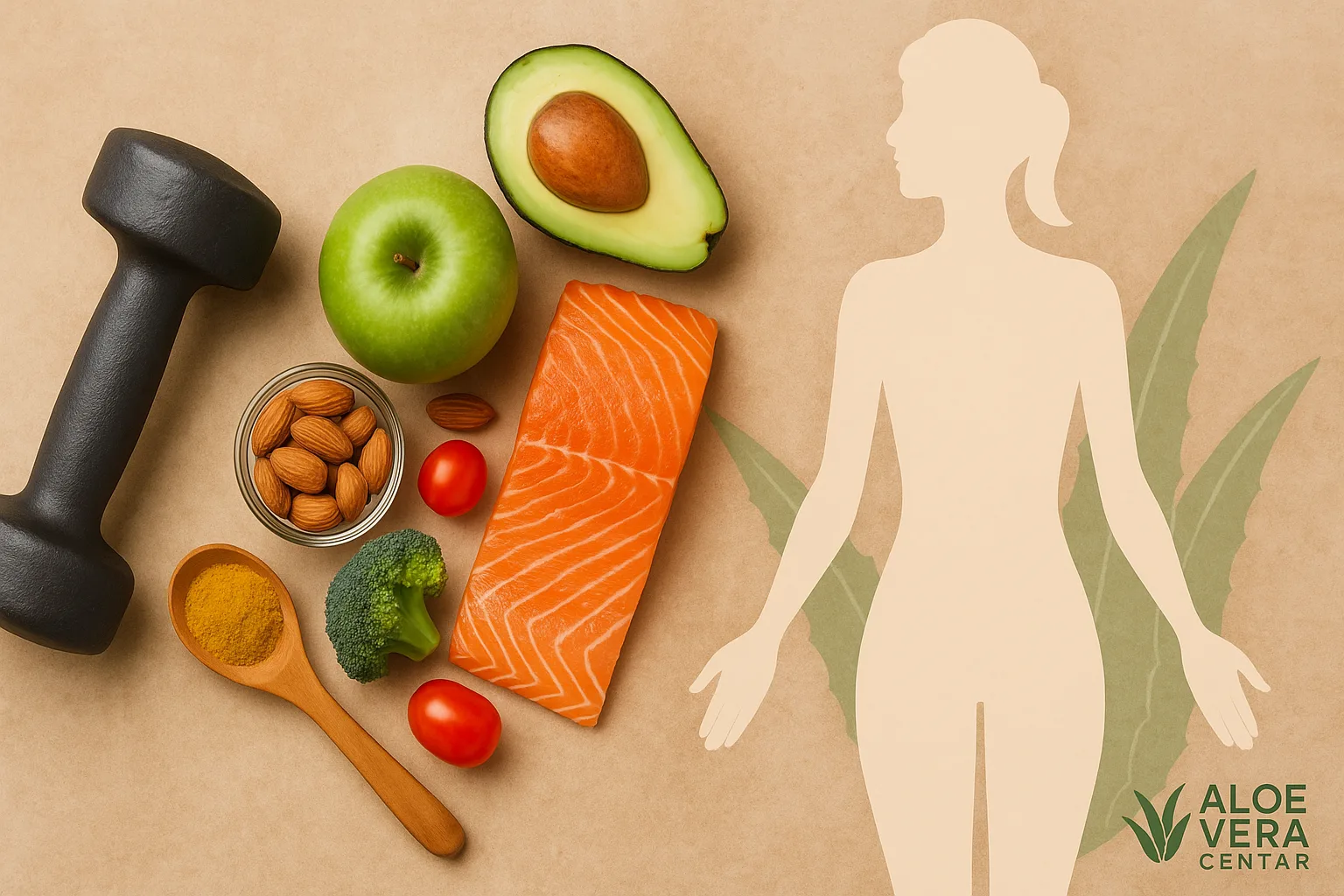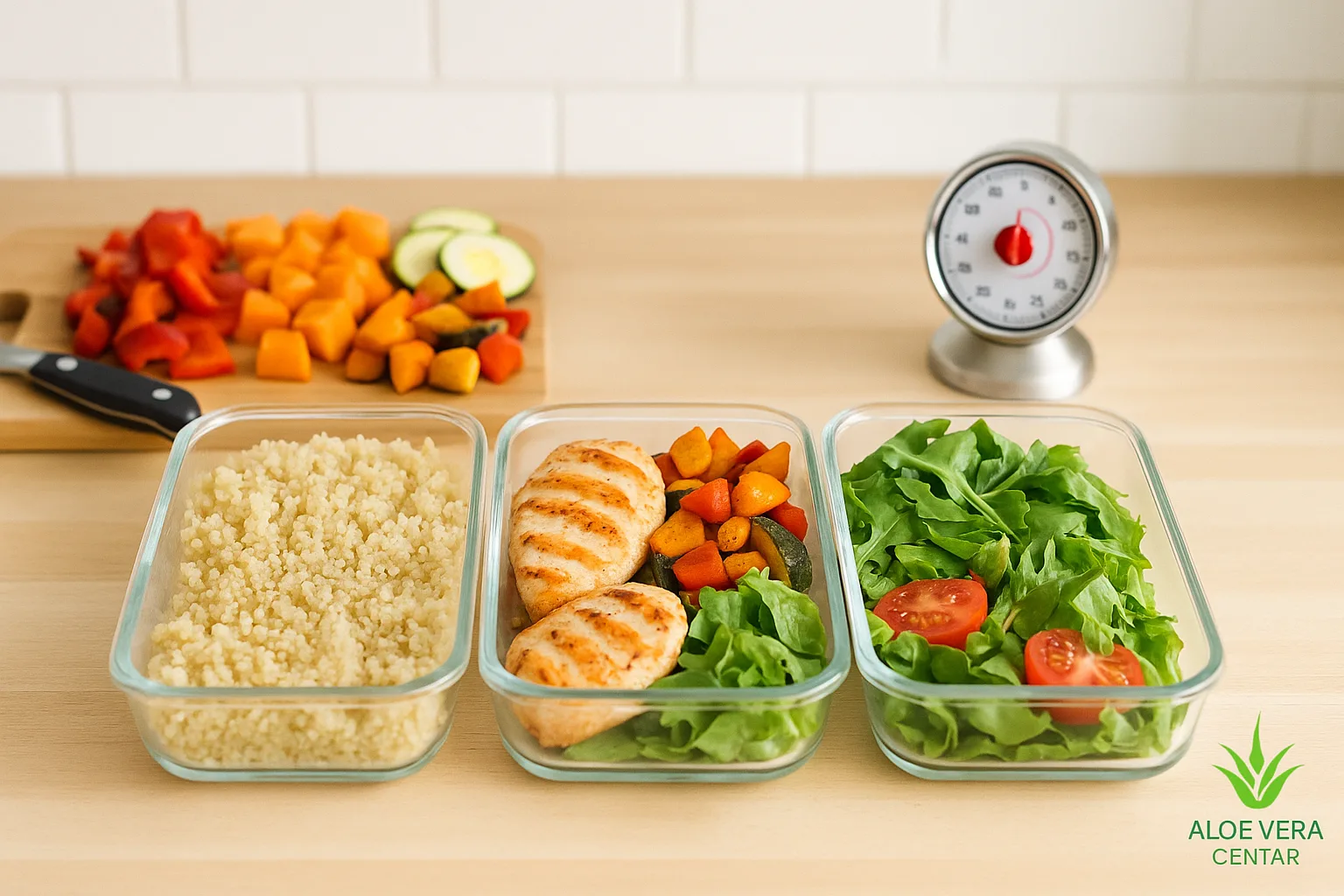
Body Recomposition: how to Lose Fat and Build Muscle Simultaneously
Body Recomposition: Losing Fat and Gaining Muscle Simultaneously – is it Realistic?
Body recomposition sounds like the fitness holy grail: losing excess fat while sculpting lean muscle. You might wonder if it’s even possible or just another internet myth? Keep reading – in the next few minutes, you’ll discover proven strategies, common pitfalls, and scientifically-backed advice to help you achieve this dual goal.
What Does Body Recomposition Actually Mean?
Unlike the classic “bulking & cutting” approach, recomposition doesn’t divide your program into extreme phases of overeating and starvation. The goal is to simultaneously reduce subcutaneous fat tissue while building or maintaining muscle tissue. The process requires precise management of calories, macronutrients, gym workload, and – what’s most challenging for many – patience.
Physiology: how the Body Burns Fat and Builds Muscle Simultaneously
The key lies in energy balance and hormonal environment. A slight caloric deficit (around 10%) signals the body to burn stored fat, while high-quality proteins and stimulative training activate new muscle protein synthesis. According to research published on PubMed, adequate sleep and optimal vitamin D status accelerate the process by lowering cortisol levels and improving insulin sensitivity.
Key Pillars of Success
1. Intelligently Programmed Strength Training
Without sufficient mechanical stress, there’s no stimulus for muscle growth. Try pyramid sets; gradually increasing weight within a series has been proven to improve muscle hypertrophy and calorie burn.
2. Adequate Protein Intake and Nutrient Timing
The most common question is: “How much protein do I need?” Aim for 1.6-2.2g per kilogram of body weight daily. It’s easier when you include a practical shake – for example, a serving of Forever Lite Ultra Vanilla provides 24g of high-quality protein with added vitamins and enzymes for better absorption.
3. Hormonal and Metabolic Support through Nutrients
Don’t neglect the “small” players like omega-3 fatty acids and vitamin D. Omega-3 fatty acids help regulate inflammation and improve insulin sensitivity, while vitamin D activates genetic pathways for muscle tissue synthesis. Sounds too good to be true? Check the links and see for yourself.
4. Stress and Sleep Management
But that’s not all. Chronic stress and lack of sleep raised cortisol sky-high even in disciplined athletes. Implement an evening ritual of stretching, meditation, or a warm shower to get your growth hormone working during night regeneration.
Supplements that Can Accelerate the Process
- Amino Oxide Boost: L-arginine increases blood flow to muscles. One dose of Forever Argi+ before training can improve pump and endurance.
- Fiber for Satiety: If appetite control is an issue, soluble fiber from Forever Fiber slows digestion and stabilizes glucose.
- Protein Support: For a more detailed analysis, check out the article about protein supplements to choose the best source for your goal.
Common Mistakes and how to Avoid Them
You might be wondering why the scale isn’t moving despite training and watching your diet. Here’s what’s going on:
- Too large caloric deficit – if you cut too much, your body enters conservation mode and slows protein synthesis.
- Not enough rest – muscles grow while you sleep, not while lifting weights.
- Lack of progression – try to add 2% load or one more repetition each week.
- Monotonous diet – rotate protein and fat sources to get the full spectrum of amino acids and micronutrients.
Sample Weekly Plan for Beginners
The plan is designed for a 75kg person who wants to maintain strength, reduce fat tissue, and gradually gain 1-2kg of muscle over 12 weeks.
| Day | Training | Nutritional Focus |
|---|---|---|
| Mon | Upper body (push/pull) | 1g protein/kg in 3 meals + post-workout shake |
| Tue | Active recovery – brisk walk 45 min | Higher vegetable and fiber intake |
| Wed | Legs & core | Carb cycling: add 50g rice to pre-gym meal |
| Thu | HIIT 20 min + stretching | Omega-3 capsules after meals |
| Fri | Pyramid sets for full body | Casein before bed for night recovery |
| Sat | Light yoga & mobility | Higher fat day (avocado, nuts) |
| Sun | Complete rest | 14-hour fast with hydration and Aloe Blossom Herbal Tea |
Frequently Asked Questions
1. How Quickly Can I Expect Body Recomposition Results?
On average, visible differences are recorded after 8-12 weeks of consistent work. Track waist circumference and measurements, not just the number on the scale.
2. Do I Have to Count Calories?
Counting helps for the first two weeks to get a feel, then you can switch to a more intuitive approach focusing on portions and food quality.
3. Is Recomposition Possible for Experienced Exercisers?
Yes, but slower. The closer you are to your genetic maximum, the more subtle the changes. Precisely periodized training and advanced supplements like Forever Active Pro B can help maintain microbiome and anabolism.
Conclusion
Body recomposition is a realistic goal, but requires a fine balance of food, training, and recovery. Try the described steps, adapt them to your schedule, and track progress. For more personalized advice, use our AI advisor, and if you’re ready to enhance your routine, check how to get a 15% discount on your first order of selected supplements.
Related Readings and Additional Inspiration
If your goal is to shape your waist and maintain energy throughout the day, check out the article natural way to a flat stomach, which explains exercises and supplements that help reduce fat deposits.
For a strong start to the day, try a protein breakfast – tips on combining supplements and foods for stable energy and better nutrient absorption.
Don’t forget the bigger picture: a healthy morning routine often makes the difference in motivation and consistency. In the text how to build a healthy morning routine, you’ll find practical steps for better focus and a stable daily rhythm.
If you’re wondering whether you’re getting enough protein to support your recomposition goal, definitely check out the guide protein deficiency – 5 symptoms. Timely recognition of deficiencies can accelerate progress and prevent result plateaus.
By combining smart training, quality protein sources, and healthy routine, body recomposition stops being a myth and becomes a sustainable strategy.
Note: The information in this article serves educational purposes and is not a substitute for professional medical advice. For individual recommendations, consult a qualified physician or nutritionist.








